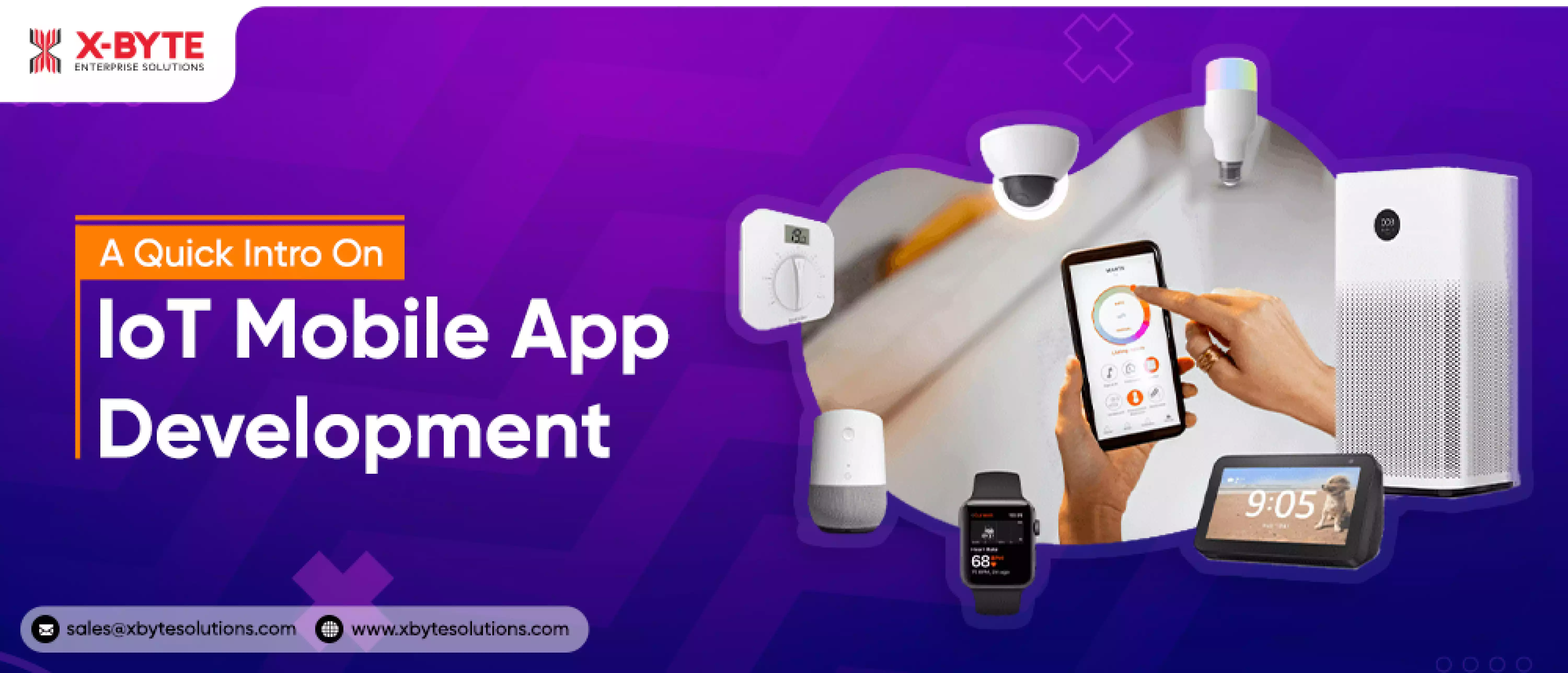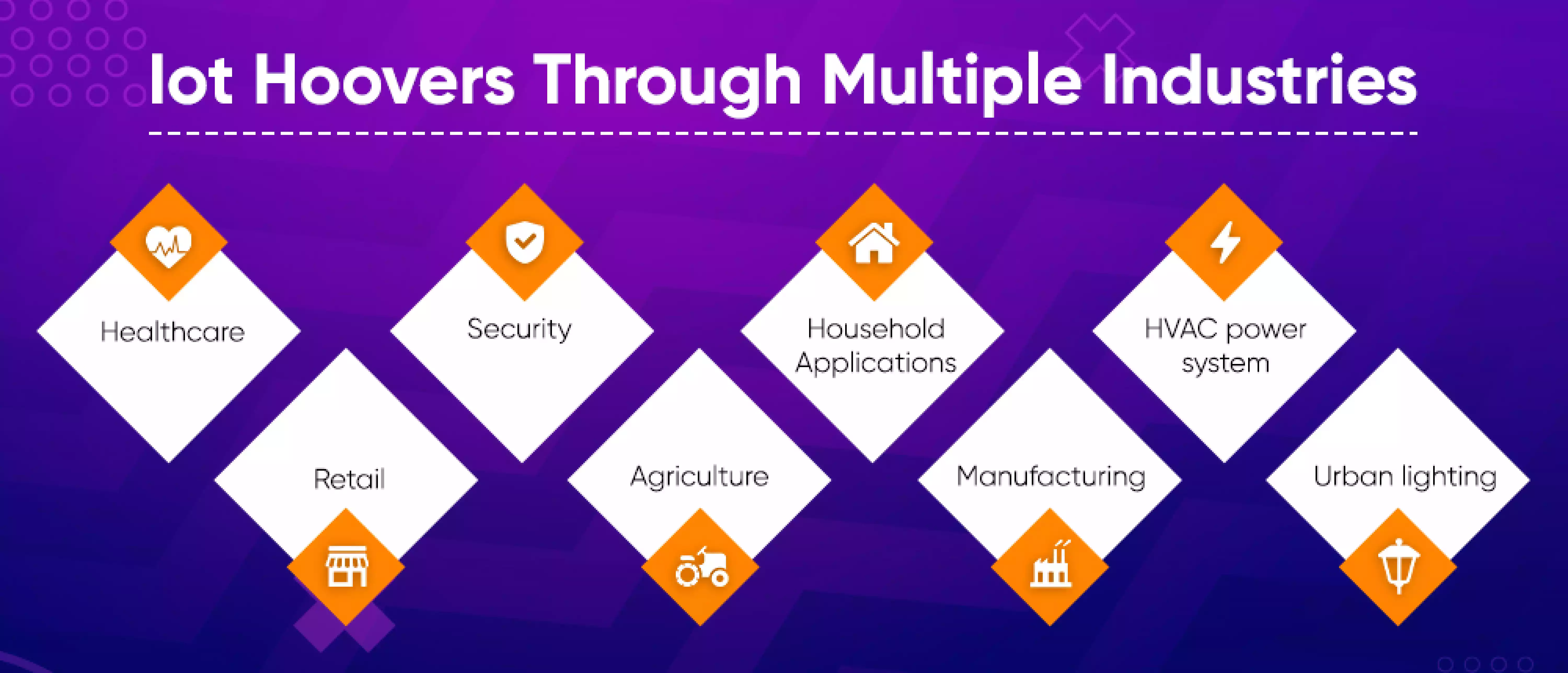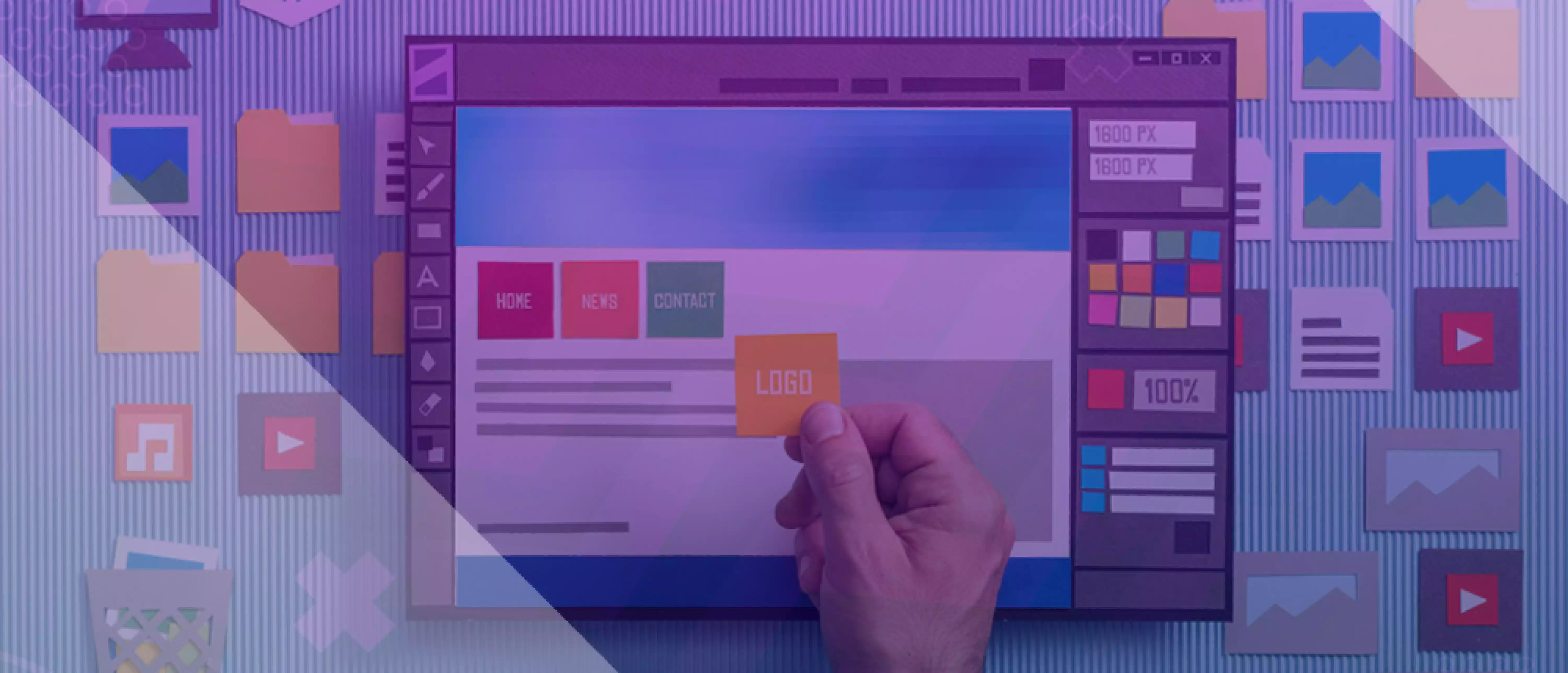-
solutinos
-
Hire
Frontend Developer
Backend Developer
-
NodeJS Developer
-
Java Developer
-
Django Developer
-
Spring Boot Developer
-
Python Developer
-
Golang Developer
-
Ruby on Rails Developer
-
Laravel Developer
-
.NET Developer
Technology
-
Flutter Developer
-
React Native Developer
-
Xamarin Developer
-
Kotlin Developer
-
Cross-Platform Developer
-
Swift Developer
-
MongoDB Developer
-
C Developer
-
Smart Contract Developers
Cloud
-
-
Services
Mobile Development
Web Development
- Work
-
Multi Services App
-
Food Delivery App
-
Grocery Delivery App
-
Taxi Cab Booking App
-
Multi Services App
-
OTT Platform APP
-
Social Media APP
-
Freelance Service App
-
Car Rental App
-
Medicine Delivery App
-
Liquor Delivery App
-
Sports Betting App
-
Online Coupon App
-
eLearning App
-
Logistics & Transportation App
-
Courier Delivery App
-
On-Demand Real Estate App
-
E-Wallet APP
-
Online Dating App
-
Handyman Services App
-
-
Process
-
Company

IoT – The Internet of things is an integrated network of things that consists of analytics software, servers, mini-sensors, electronic gadgets, and database management systems that smartly allow objects to gather and share data.
With IoT-based solutions, people can change the conventional unorganized systems into well-managed and synchronized connections. It enables flawless interactions among multiple objects without any interruptions.
In this blog, we will help you get a brief introduction to IoT mobile app development, its features, and its applications.
Relationship Between Mobile Apps And IoT
Smartphones are quite smart, aren’t they? But, what makes them smart? Certainly, they are the applications. And the IoT sector benefits from this aspect. Mobile apps offer a platform to manage and monitor IoT devices efficiently Mobile apps provide a platform to grow and effectively.
IoT for mobile app developmentcan help businesses increase overall productivity and enhance user experience.
With IoT Mobile App Development the industries can grow significantly. The technology is quite convenient in terms of data transmission. It helps control smart gadgets remotely. It is not just that smart homes need mobile interfaces to interconnect devices but consumers can also use IoT in different industries
IoT Hoovers Through Multiple Industries

A lot of industries can grow through IoT mobile app developmentand change their prosperity graph. The industries that can benefit from IoT are-
- Healthcare
- Retail
- Security
- Agriculture
- Household applications
- Manufacturing
- HVAC power system
- Urban lighting
Main Components Of IoT
1. Interconnected Smart Devices & Sensors
The backbone of IoT-based connectivity layers are devices & external sensors. The smart sensors gather the data from a nearby setup and transfer it to the next layer to be processed further.
Today, with the emergence of technologies, we are well-equipped with improved semiconductor technology. This technology offers more efficient micro smart sensors which are utilized in different industry-centric applications.
Some Commonly Used Sensors Are:
- Thermostats
- Heat optimizers
- Pressure sensors
- Motion sensors
- Temperature sensors
- Humidity/Moisture level readers
- Vibration sensors
- Room ambiance controllers
- Infrared & RF signal sensors
- Proximity detectors
- Light intensity measurement
2. Gateway
IoT Gateway is the integral component that allows easy management of bi-directional data exchange taking place at different protocols and networks.
The Gateway provides high-level data security for all IoT networks through high-quality encryption methods. They help protect the system against malicious attacks and unauthorized access.
3. Device Connectivity
IoT networks operate on low power. Most smartphones and sensors run on low-power wireless networks like ZigBee, Bluetooth, Z-wave, etc. So, IoT supports the development of low-cost and low-power units with easy to manage and sleek wireless capabilities.
Different wireless units come with a set of benefits and drawbacks as far as data transfer rate, operational efficiency, and power consumption aspects are considered. When it comes to IoT, it offers improved performance, long battery life, and improved efficiency.
4. Predictive Analytics
IoT network has strong analytics software integrated which allows easy data processing and converts important data from countless smart devices & sensors into useful perception. This perception can be used to develop more powerful improvement strategies for the system to offer effective solutions
5. User Interface

There is always a practical interaction between the users and the user interface. The user interface allows users to get a visible and accessible section of the IoT-enabled network.
UI technology has enhanced considerably in terms of design and easy to operate touch panels. It has simplified managing difficult tasks. Today, smart homes have all the easy touch-control panels installed in place of hard switches.
6. Cloud – Distributed Database Management
As IoT networks produce a huge volume of data from devices and users, it needs to be managed well. So, the IoT cloud provides real-time tools to gather, manage and store the data. It allows the service operators/owners to access the data remotely and make vital business decisions in real-time.
How To Build An IoT App
If you are thinking ofIoT for Mobile App Development then you should consider the below-mentioned steps to build an IoT app
- Pick up a platform
- Select the right hardware
- Consider scalability ahead of development.
- Ensure you develop a fast app
- Consider security on high priority
Impact of IoT On Mobile App Development Zone
Let us have a look at some crucial aspects that highlight the impact of IoT on mobile app development
1. Multiple Opportunities And Outstanding Power
IoT developers are now efficient to deal with new challenges. It helps them explore new opportunities in the field of app development.With a lot of businesses moving to IoT-enabled apps, it has opened doors for developers in IoT mobile app developmentto offer innovative solutions to their clients.
As IoT gains momentum and progresses, mobile app developers can develop improved apps to offer enhanced connectivity
2. Demand For Improved Skills
IoT-powered applications are the future of mobile app development. To stay in the competition, mobile app developers have to move to IoT for mobile app developmentto meet the demands of the growing market for improved skills
3. Ready-to-install 3rd party platforms available
Time is money and the same applies to mobile app development too. IoT for mobile app development helps faster development of apps. With a third party ready to install platforms, it becomes easy for the developers to build apps faster. The IoT development tools help make the development process faster.
4. Device Relevance
The IoT-enabled app needs to be compatible with the device it is embedded in. Hence, the developers should know the capability and functionality of the device they are building apps for
5. Improved Security Power
Certainly, security is always the prime concern for mobile app users. But, with introduction and enhancement of IoT will grow in terms of strength and will eliminate the concerns related to security.
Final Words
IoT mobile applications are gaining popularity. These apps are changing the lives of people in different ways. The IoT-enabled apps have simplified daily chores.
It is a must-have for businesses without which it would be difficult to attain loyal users. To make sure your app is fast, stable, and secure, you need assistance from an Internet Of Things mobile application development company team proficient in their skills.
If you want to develop an IoT application or need consultation on IoT app structure, get in touch with X-Byte Enterprise Solutionsto get a smart IoT-enabled app.
